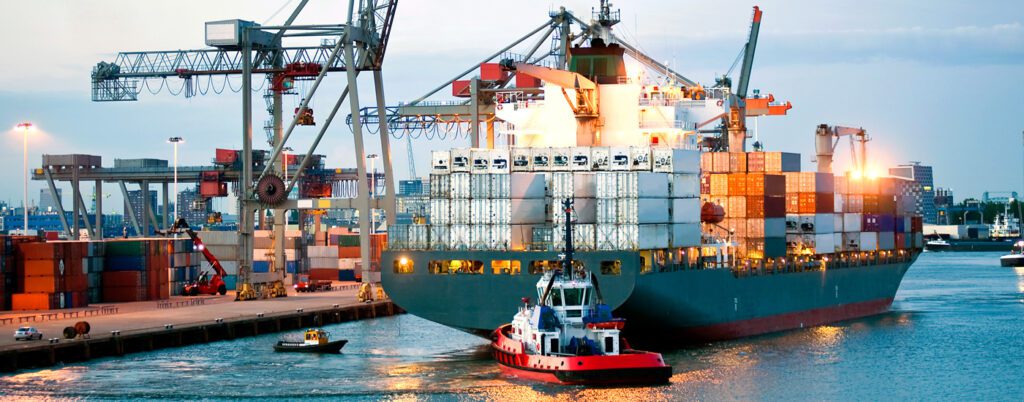Author
This article, authored by Andrew Oldland KC and barrister Nicola Canty, from the Firms Marine Regulatory team, has been featured in the November edition of Marine and Maritime Gazette.
The Department for Transport (‘DfT’) is currently inviting a second round of applications from harbour authorities for any harbour in England and non-fishery harbours in Wales seeking to be designated with the power to give harbour directions under section 40A of the Harbours Act 1964, as amended by section 5 of the Marine Navigation Act 2013.
A harbour authority has duties to safely manage and efficiently run its harbour. It has particular responsibilities in relation to the safety of vessels and people within the harbour, efficient navigation and the protection of the port environment.
In addition to the powers available to harbour authorities under local legislation, (such as byelaws, special or general directions and, for competent harbour authorities, pilotage directions), a designated harbour authority may use harbour directions to regulate ships within their harbour, or ships entering or leaving their harbour. Harbour directions may relate to the movement, mooring and unmooring, equipment (including nature and use) and the manning of ships.
Why apply?
Before the 1964 Act was amended, the only way in which a harbour authority could be granted the power to make general harbour directions was through a Harbour Revision Order (‘HRO’) (under section 14 of the 1964 Act), or by means of a private bill or local Act. These limited options were viewed by the DfT to be out of date and unnecessarily costly and complex. Therefore the new mechanism was introduced under section 40A of the Harbours Act.
This mechanism is a faster and considerably less costly way for a harbour authority to apply for the power to make harbour directions. The harbour directions power is an additional tool to meet the harbour authority’s statutory duties, and the procedure for making harbour directions is more straightforward than the alternative of making harbour byelaws, which must first be confirmed by the Secretary of State.
Review of powers
The letter of application will need to include an explanation of why a particular harbour authority considers the power to make harbour directions is needed. From a practical standpoint, it may be necessary for a harbour authority to undertake a review of its local legislation to evaluate existing statutory powers to ensure that they are still relevant to the safe operation of the harbour. The Port Marine Safety Code (PMSC) recommends that additional powers should be sought by a harbour authority if a risk assessment concludes that this would be advisable.
If the applicant harbour authority has existing powers of general direction which overlap with the proposed harbour direction powers to be conferred under section 40A of the Harbours Act 1964, the existing powers of general direction would need to be repealed. Therefore an applicant harbour authority is required to provide details of any provision in a Local Act which would need to be amended or repealed that would otherwise be inconsistent with the power being applied for or unnecessary as a result of the power (section 40A(7) of the Harbours Act 1964 permits the Secretary of State to include such amendments or repeals in a Designation Order).
In addition, copies of relevant Local Acts and Orders should be provided with the application. In particular, relevant provisions containing descriptions of the harbour limits should be included.
Consultation
An informal consultation should be conducted with harbour users to address the suitability of the applicant harbour authority making the application, in addition to the powers that would be covered. The outcome of this informal consultation should also be included in the application.
The DfT also requires a list of any existing or proposed Port User Group (PUG), in addition to other relevant local and regional organisations to be contacted in the DfT’s formal 4-week public consultation. The DfT consultation would address the consultees’ views on the suitability of applicant harbour authorities (whether it is a fit and proper Body to be designated with the power to give harbour directions) and the suitability of the proposed PUG arrangements at the harbour, with any further additional comments invited.
Applications
Michelmores has assisted in drafting successful applications in the first round of applications for harbour authorities. The timetable for the second round of applications is set out on the DfT’s website, with expressions of interest invited by the end of January 2016 and applications proper by the end of March 2016.
Print article

